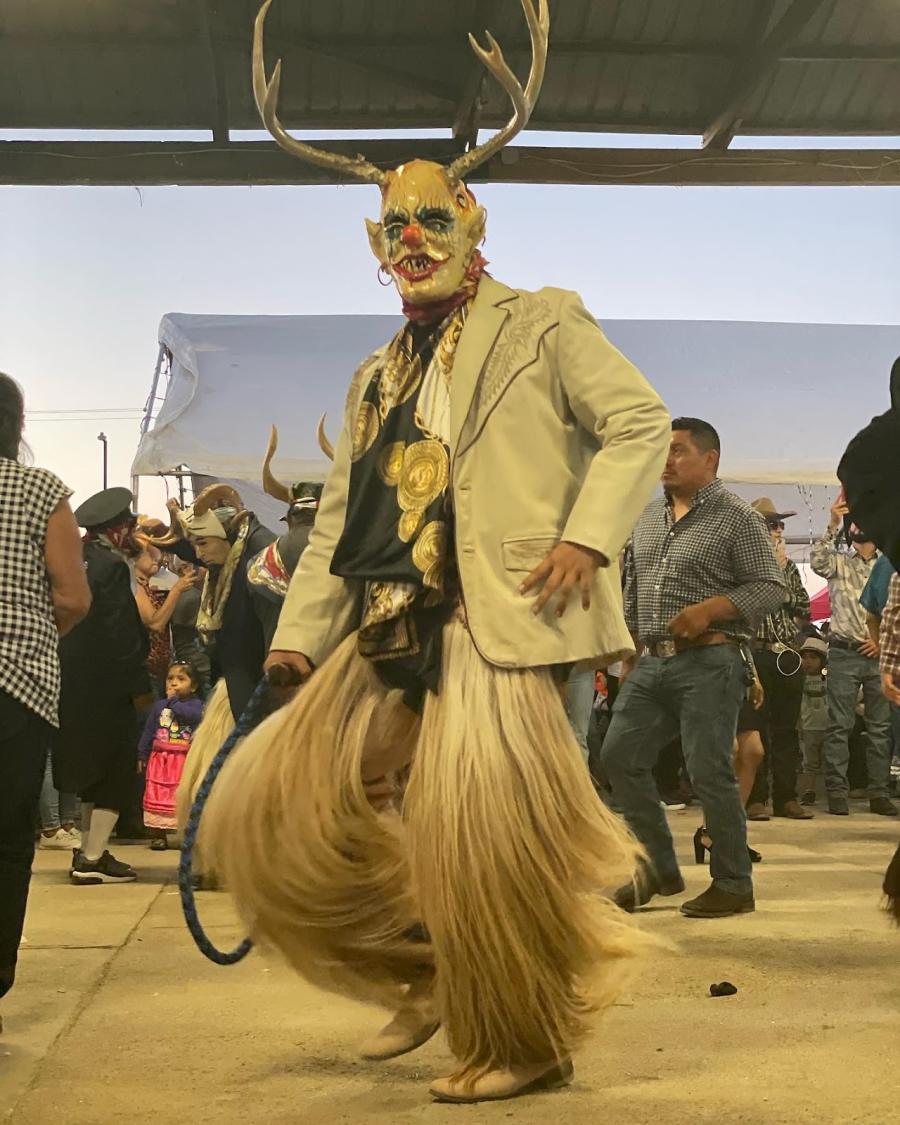Location, Land, and Climate
Most Huichol Indians live in central northwest Mexico, in the Sierra Madre Occidental Mountains. Their territory is located roughly 60 miles east of San Blas on the Pacific coast north of Guadalajara. Estimating the population of Huichol is difficult, but there were at least 8,000 in the late 1970s.
Livelihood
The Huichol are subsistence farmers. Their main crop is maize, but they also grow beans and squash and occasionally raise livestock. Vegetation varies with altitude, but trees cover much of the landscape. To farm here, the Huichol have slashed and burned the natural vegetation. The soil is poor and crop yields low, making malnutrition common. The Huichol also hunt, mostly for deer and other small animals.
CAttle ranching has become important in Huichol society. Although they rarely eat beef, they keep the milk and cheese. The sale of beef provides an important source of income for the Huichol. The Huichol also sell lumber and excess maize to buy other foods and more cattle.
Cultural Systems
The Huichol's social and political structures interwine, combining the traditional structure with one imposed by the Mexican government. The basic unit, the rancho, consists of a few nuclear families living and farming the same land. The rancho is also the center of religious activity. A collection of ranchos is a rancheria, with a center called the pueblo for fiestas, cattle sales, schools, legal business, political meetings, and other matters. The pueblo is home to the civil bureaucracy, known as the gobernancia, which governs a collection of rancherias called a communidad. The Huichol political structure contains five rancherias.
The Mexican government has imposed a presidencia to mediate disputes between Huichols and outside parties. The Mexican government has also instituted tax collections and a law-enforcement system. The political system is in flux as the government tries to harmonize its desires with traditional Huichol customs.
The Huichol religion is intricate and elaborate and difficult to separate from social and political practices. The 120 deities of the Huichol include three chief gods: Tatemari, Tayau, and Kauyumaki. Tatemari - "our Grandfather fire" - is the main god, the ruler over the ret of the gods. He led the tribe on the first peyote hunt, built their first temple, and taught the Huichol how to behave."
Tayau is "our father sun," the sun god. He is dangerously powerful and can send misfortunes as warnings or punishments. Kauyumaki - "sacred deer person" - is the trickster god, sometimes clever and sometimes stupid, yet holding magical powers. He taught the Huichol many things through stories, including about sex. He is regarded as having often behaved questionably before becoming sacred.
The primary event in Huichol religious practice is the peyote hunt, an annual pilgrimage that acts out a desire to return to the source of all life and heal oneself. For the hunt, Huichol travel 300 miles to their paradise, Wirikuta. The pilgrimage traces the journey of the original Ancient Ones of the tribe. It begins with a ceremony in front of the community as the pilgrims declare the names of all illicit sexual partners they ever had.
During the journey, which is usually done on foot, the pilgrims assume the characteristics of gods. When the pilgrims arrive at Wirikuta, they hunt for the deer god, the source of peyote, they search for peyote and all eat a piece from the first plant found. They collect enough peyote for a year's supply and then eat enough to have visions. The shaman talks to the gods to ensure the regeneration of the pilgrims' souls. Peyote is central because it allows the shaman to contact the gods. The pilgrimage can be done several times in one's life and is usually regarded as a privilege.
SUGGESTED READINGS
Barbara Myerhoff, Peyote Hunt: The Sacred Journey of the Huichol Indian, Cornell University Press, 1974.
Juan Negrin, "The Huichol: A Pre-Colombian Culture in Mexico Today," The UNESCO Courier, 1979.
SUPPORT ORGANIZATION
Association for the Ecological Development of the Sierra Madre Occidental, P.O. Box 5-270, C.P. 4500, Guadalajara, Jal, Mexico.
Current Problems
Despite Mexican influences, the Huichol have preserved most of their customs and traditional practices. However, the Huichol are not insulated from modern problems. The slashing of the forests strains both lumber production and the quality of the land. This process also limits fields available for grazing cattle. Cattle Grazing, in turn, has severely damaged the soil quality, and crop production has suffered.
The Huichols also have trouble maintaining the land because the Mexican government owns almost all of it. The government dictates when and how the land will be used As it has become more and more difficult to continue their traditional agriculture, many Huichol are leaving the communities for the cities.
Article copyright Cultural Survival, Inc.

